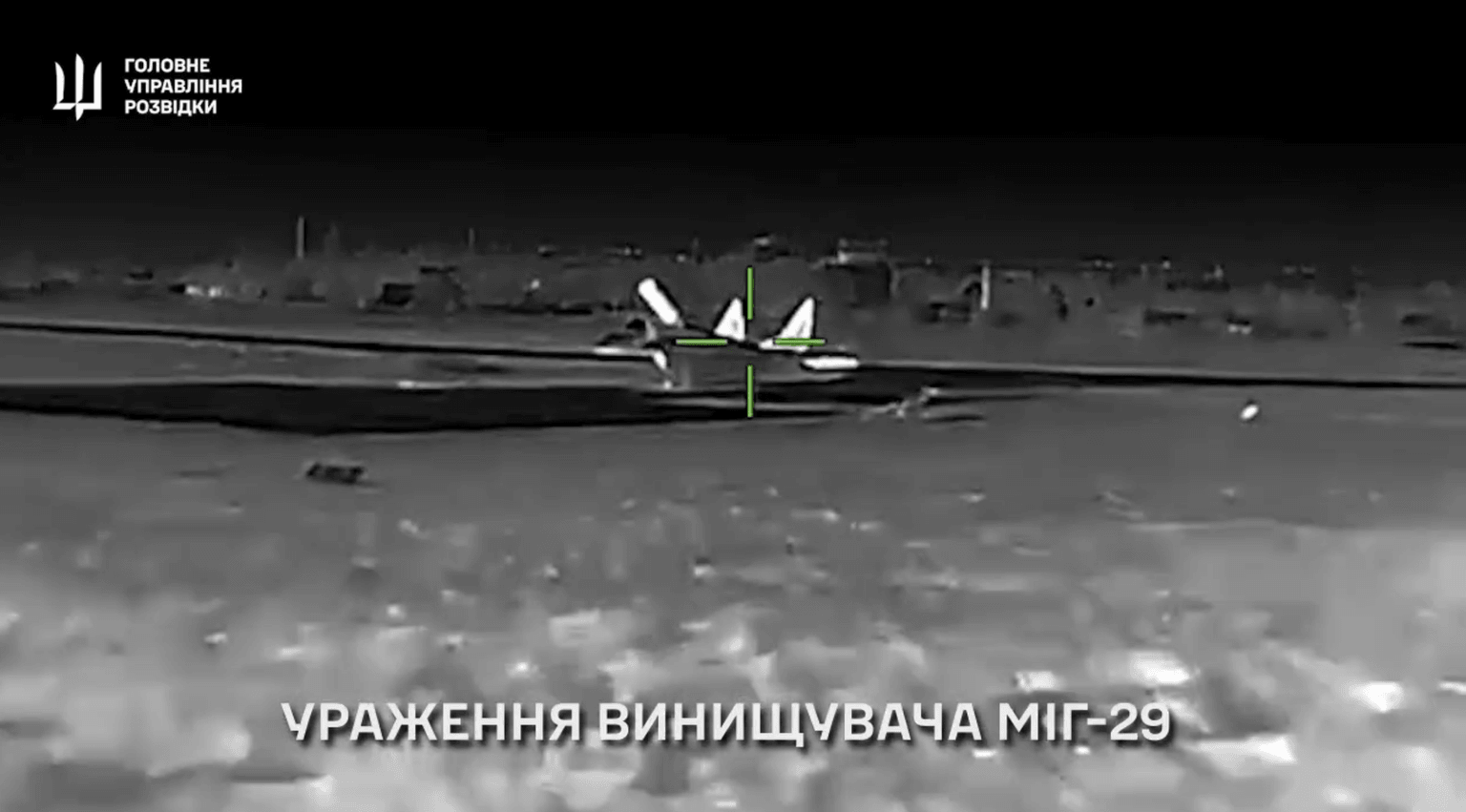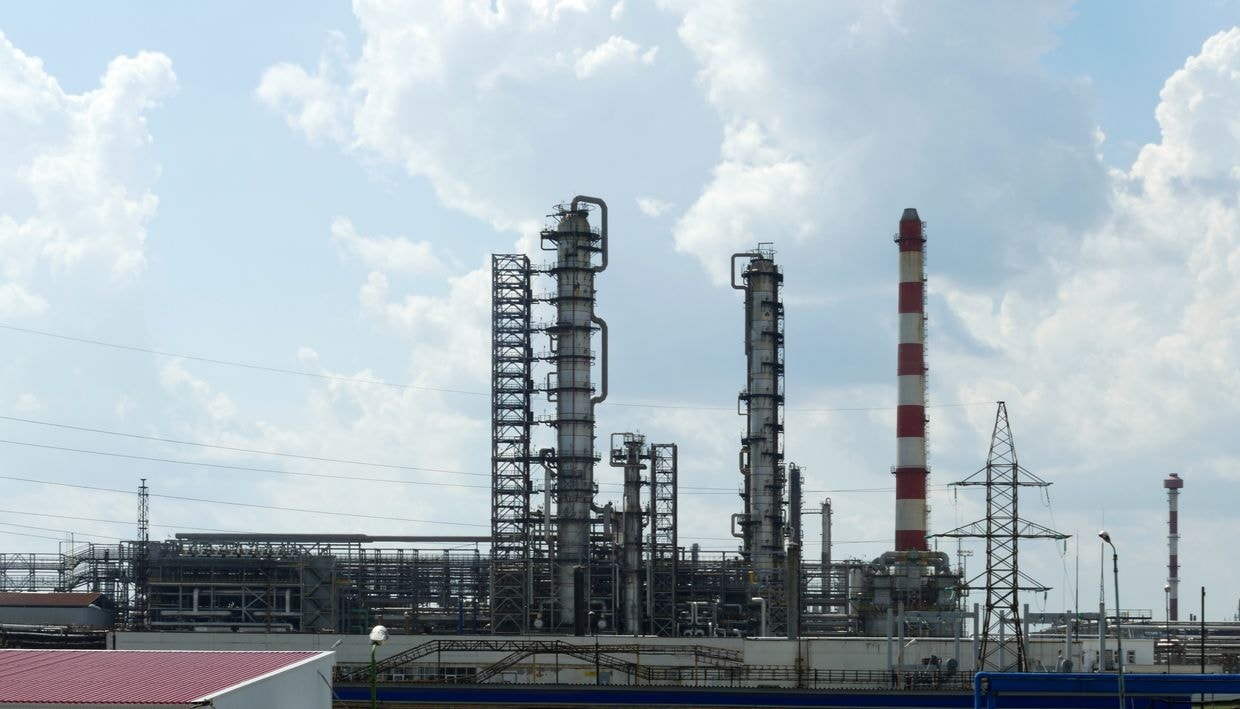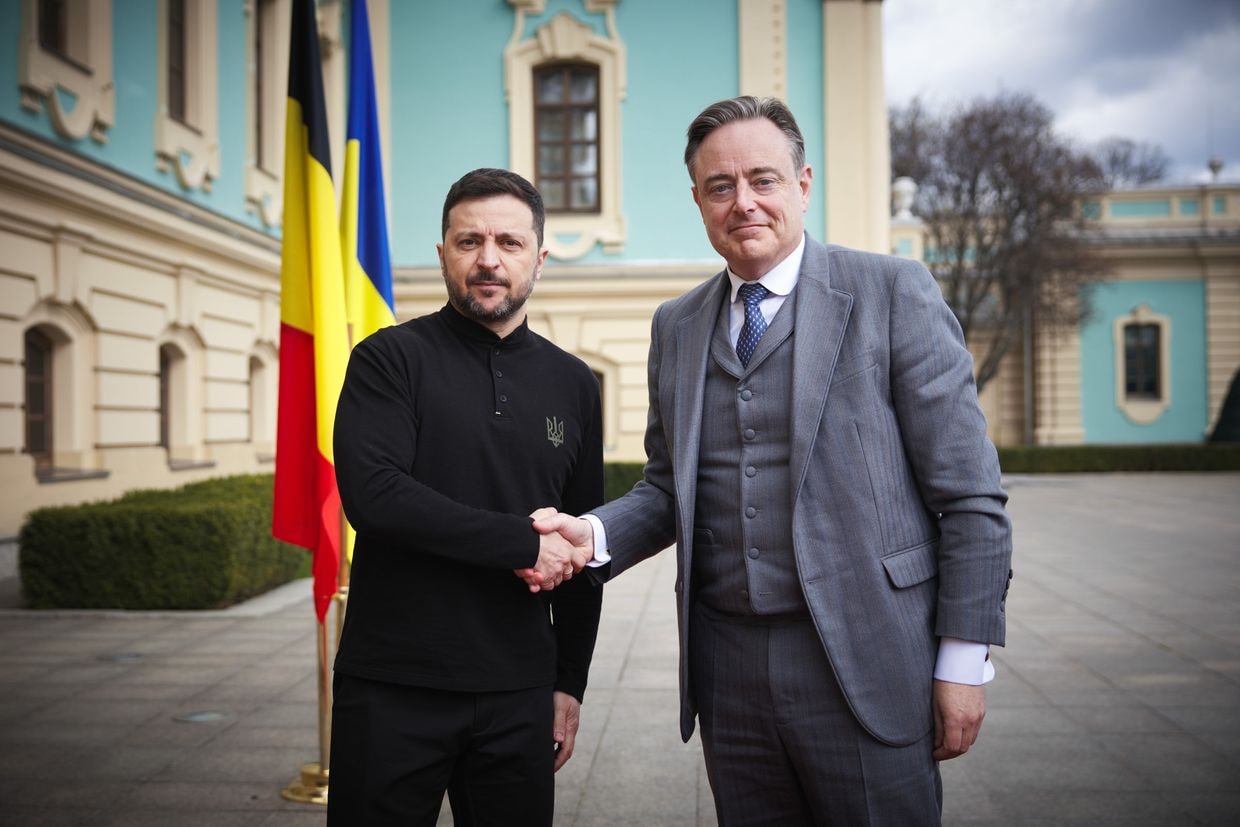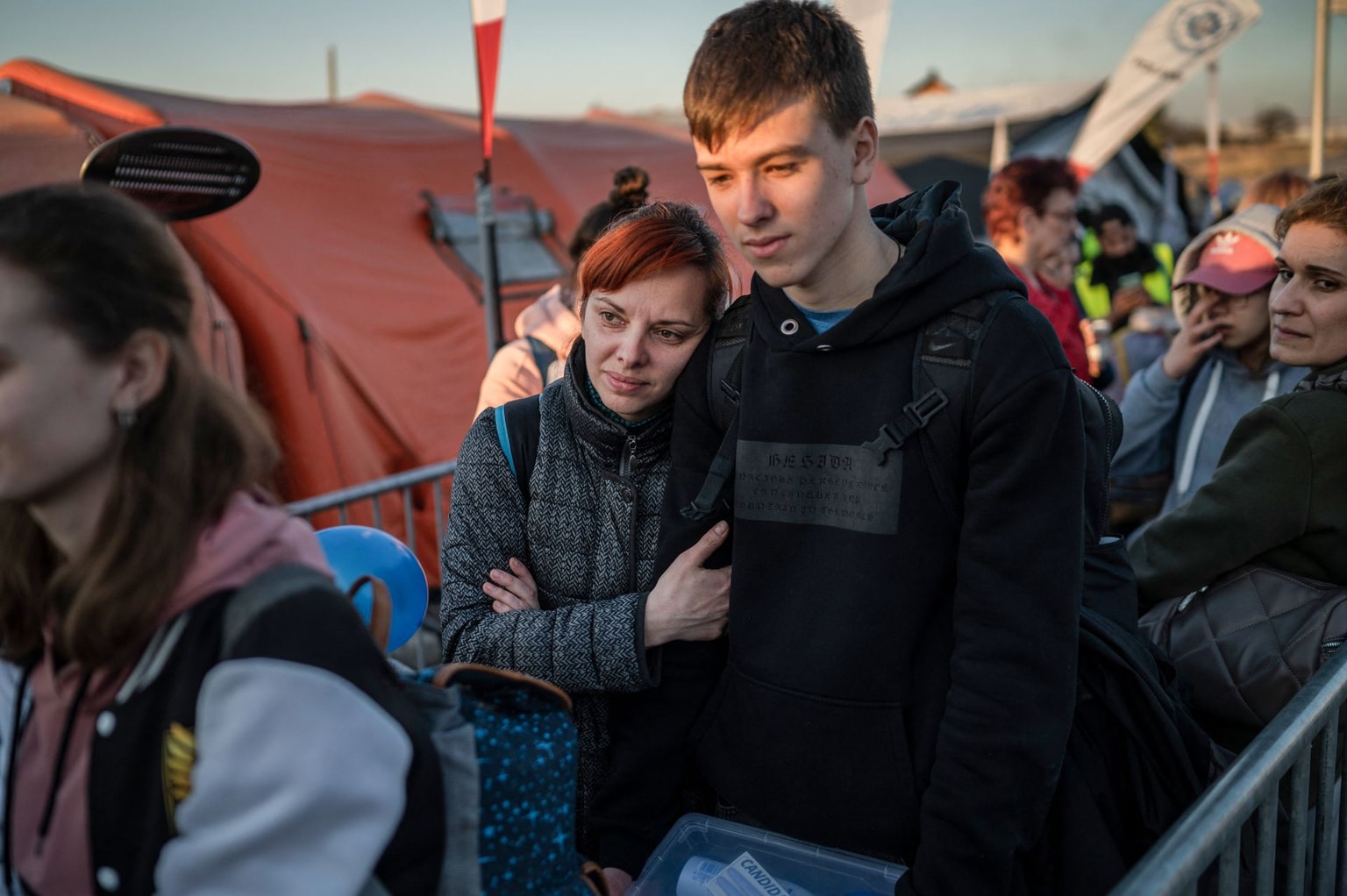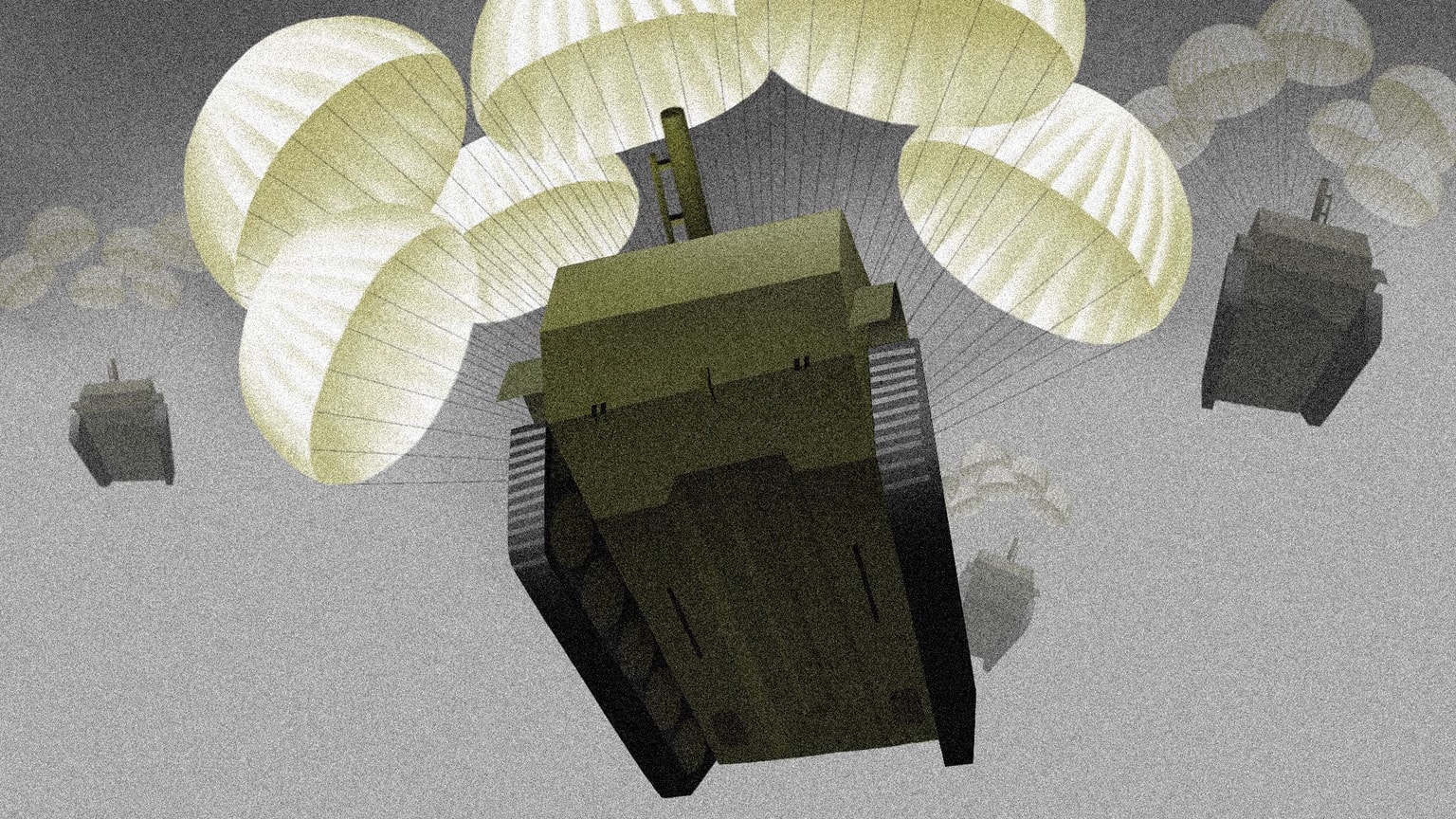Energy giant DTEK imports almost 40,000 metric tons of coal from Poland
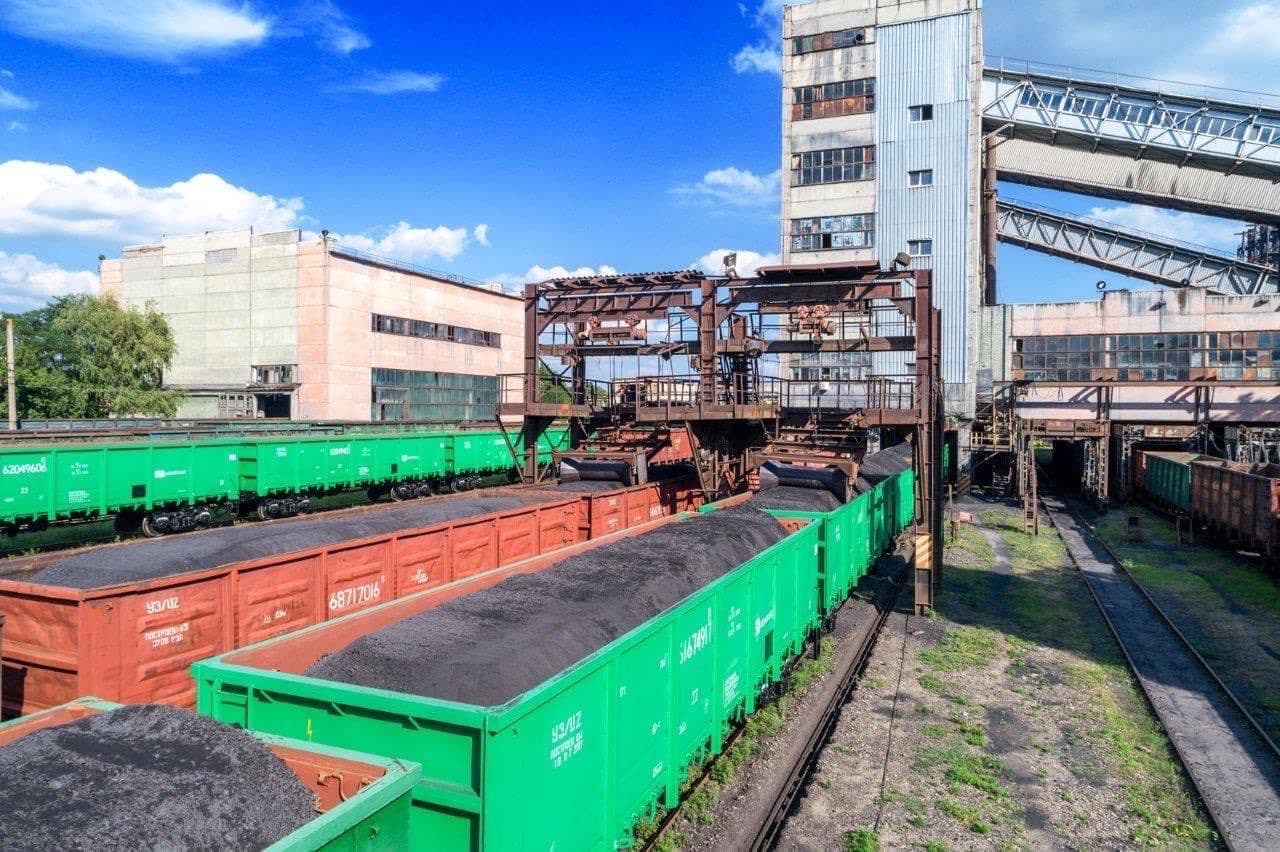
DTEK, Ukraine's largest private energy company, has imported over 38,000 metric tons of coal from Poland, Ildar Saleyev, the company's general director, said on Oct. 20.
In total, the company plans to import 210,000 metric tons of coal for the winter to ensure the stable operation of its thermal power plants.
While "Ukrainian coal is priority no. 1," Ildar said that the company is importing coal from Poland in case of Russian attacks.
Coal imports, together with domestic coal, will allow the company to "increase the reliability" of the energy systems this winter, Ildar said.
Russian forces are expected to increase their targets of critical energy infrastructure as the country moves into the colder season.
President Volodymyr Zelensky said on Sept. 9 that there were plans in place to protect Ukraine's energy and critical infrastructure from Russian missile and drone strikes through the winter.
On Oct. 2, Russia attacked DTEK warehouses in Dnipropetrovsk Oblast, causing damage to cables, transformers, and other electrical equipment, the company said on Telegram.
The company did not specify the extent of the damage, nor the time and resources it would require to repair it.
"No matter how hard the enemy tries," DTEK wrote, "they will not be able to disrupt our preparations for the winter."






